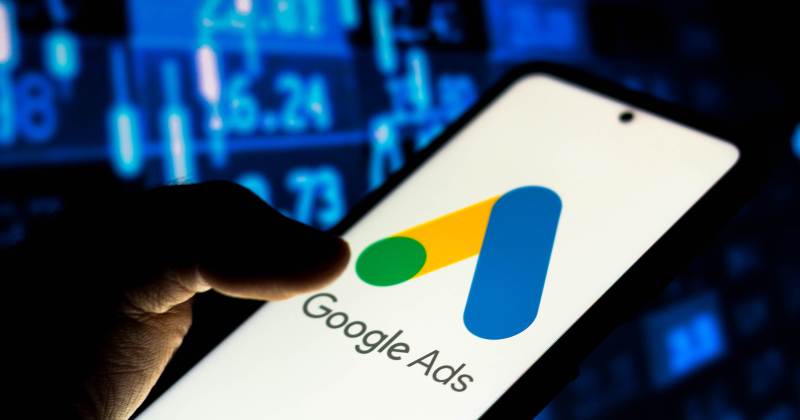Google Ads is an online advertising platform created by, you guessed it, Google. Advertisers can use Google Ads to create ads that appear on Google Search, YouTube, and millions of other websites across the web. But how does it work?
Bidding
Google Ads works like an auction. You select a maximum amount of money (your bid) that you’re willing to pay for a specific action on your ad. The higher your bid, the better your ad placements. There are two main types of bidding: CPC (cost-per-click) and CPM (cost per mille)
CPC bidding means that you pay every time someone clicks on your ad. For example, let’s say you want to advertise a pair of shoes that you’re selling for $100. If the CPC bid for your shoes is $2, then you would pay $2 every time someone clicks on your ad. The CPC bid will depend on how popular the keywords are that you’re bidding on and how much competition there is for those keywords
CPM bidding means that you pay every time your ad is shown 1000 times. So if the CPM bid for your shoes is $5, then you would pay $5 every time your ad is shown 5000 times. CPM bidding is more common for brand awareness campaigns rather than direct response campaigns because it’s harder to track conversions with CPM bidding
Both CPC and CPM bidding have their own advantages and disadvantages, so it really depends on what your goals are for your campaign as to which one you should choose.

How Google Ads Actually Work?
As we mentioned before, Google Ads works like an auction. Advertisers select a maximum amount of money (their bid) that they’re willing to pay for a specific action on their ad. The highest bidder gets the best ad placements.
When someone searches for something on Google, Google looks at all the advertisers who are bidding on related keywords and matches them up with the searcher’s intent. Then, Google ranks all the ads based on a number of factors including the quality of the ad, the relevancy of the keyword to the searcher’s query, and the advertiser’s bid amount. The highest ranked ad gets placed at the top of the SERP (search engine results page), and the second-highest ranked ad gets placed underneath it, and so on and so forth
Ad Quality Score
One important factor that determines an ad’s ranking is what’s called an Ad Quality Score. This score is made up of multiple factors including click-through rate (CTR), relevance of keyword to landing page, and historical performance of ads using similar keyword targeting. A high Ad Quality Score will help increase an ad’s rank while a low Ad Quality Score will decrease an ad’s rank.
4 Main Types of Google Ads
There are four main types of Google Ads: Search, Display, Video, and Shopping
Search ads are text ads that appear on Google search results pages. They are triggered by searchers’ keywords and match the intent of what they are looking for
Display ads are image ads that appear on websites or Gmail inboxes. They can be used to raise awareness of your brand or product, or drive traffic to your website
Video ads are video ads that appear on YouTube videos. They can be used to raise awareness of your brand or product, or drive traffic to your website
Shopping ads are product listings that appear on Google Shopping pages. They can be used to drive traffic to your online store or product page. Shopping ads are currently very popular among e-commerce businesses. Although they are a bit awkward to manage (there are no keywords which can be targeted and inventory management within Google Merchant Centre is not very straight forward). Some companies decided to leave other advertising channels and focus solely on Google Shopping. Katherine Patel from First Aid Works online store says – “although the conversion rates are not great, and they range from 3 to 4%, cost per click is fairly cheap on Google Shopping. We are selling hundreds of emergency kits for snake encounters on Australian market thanks to Google Shopping.
Google Ads is a powerful tool that can help businesses reach a wider audience through online advertising. By understanding how CPC and CPM bidding works, as well as factors like Ad Quality Score, businesses can create more effective campaigns that are more likely to convert leads into customers.


